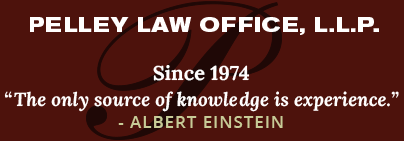Conversion is the action to convert a bankruptcy case from one chapter to another chapter. Conversion can be involuntary or voluntary. Converted cases will have the same case number but will have a different trustee appointed to oversee the administration of the case and will adhere to different bankruptcy rules.
Voluntary Conversion
Debtors may voluntarily request their Chapter 7 Bankruptcy be converted to a Chapter 13 Bankruptcy if they would like to retain assets and complete debt payments with a debt repayment plan or to make payments on a claim that a Chapter 7 Bankruptcy does not discharge. However, bad faith may limit the debtor’s right to convert. An example of bad faith is when the debtor doesn’t list valuable assets on his petition for Chapter 7 that the trustee finds out about during the case. Naturally, the trustee will want to sell the property for the benefit of the unsecured creditors, but also for her own benefit, since she gets a percentage of the sale of assets. To prevent the sale, the debtor seeks conversion to Chapter 13. However, courts consider this to be bad faith and will prevent the conversion.
Involuntary Conversion
Conversions may be involuntary if, for instance, a debtor is not able to complete debt payments by filing Chapter 13 Bankruptcy or if a debtor is not eligible to file Chapter 7 Bankruptcy due to abuses. Chapter 11 Bankruptcy cases can be converted to a Chapter 7 Bankruptcy claim if the trustee has not been appointed, the case was involuntarily converted to a Chapter 11 Bankruptcy or the case was begun as an involuntary bankruptcy case. If the debtor is forced into bankruptcy by an involuntary petition, then the debtor’s right to convert to another chapter of bankruptcy is limited; otherwise, the involuntary petition would have limited usefulness. The right to move for conversion extends to any party in interest, such as creditors or their committee, the trustee, the U.S. Trustee, or equity holders of a business debtor. Involuntary conversion is more limited than voluntary conversions. There is no absolute right to an involuntary conversion. The movant must show cause for forcing the debtor into a different chapter of bankruptcy. The debtor may also defeat the conversion by moving for dismissal of the bankruptcy case.
Conversion Process
A conversion is not the commencement of a new case, but rather a continuation of the old. However, because the different chapters have different requirements and obligations, some rules depend on the bankruptcy filing date and some depend on the conversion date. If a different trustee is appointed for the converted case, then the pre-conversion trustee or the debtor in possession must turn over all property and records along with an accounting of the pre-converted case to the new trustee. Conversion creates new time periods for creditors to file proof of claims or to file an objection to the Dischargeability of a debt or to the discharge itself. However, whether the trustee or creditors have additional time to file an objection against a debtor’s claimed exemptions depends on jurisdiction.
A notice of conversion is sent to creditors, who may have to file a proof of claim for the converted case or who may want to challenge the conversion.



